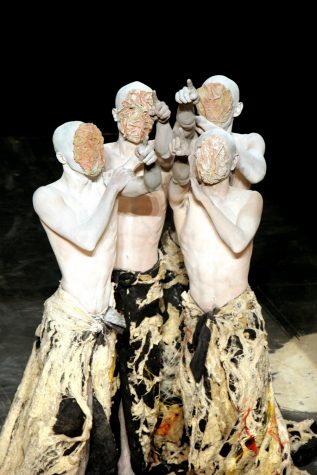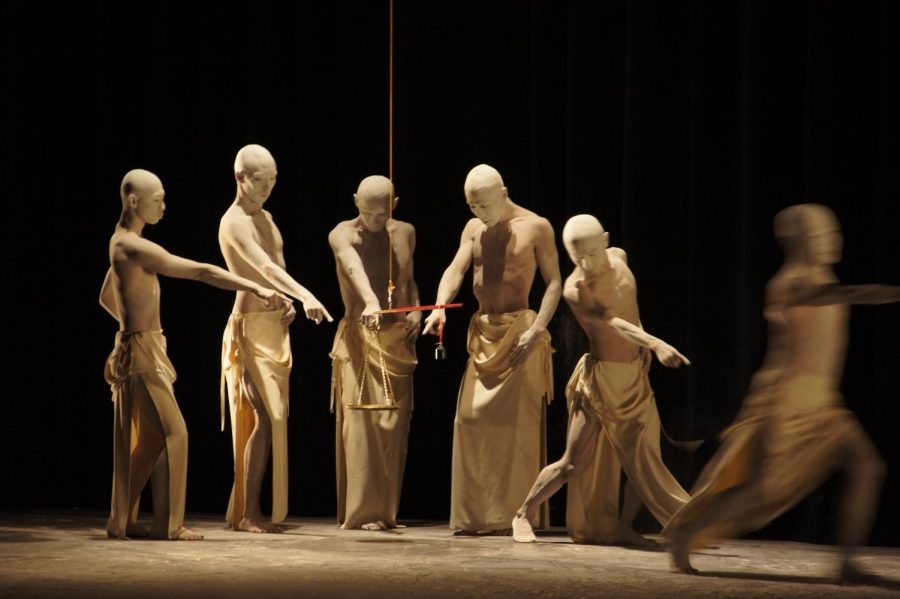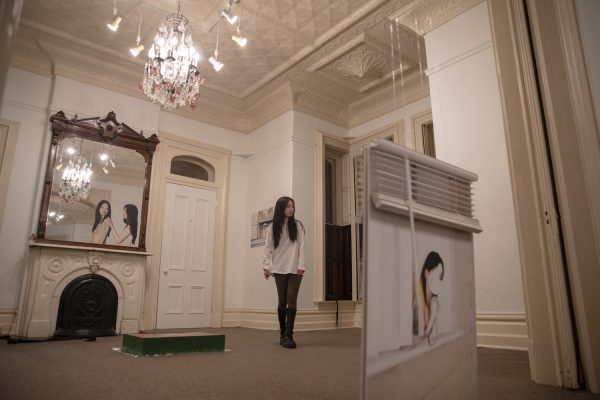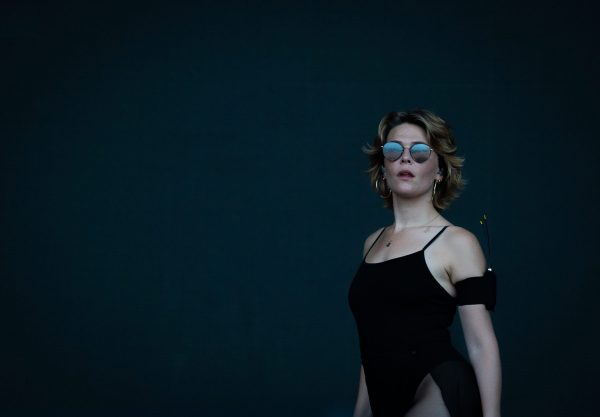Sankai Juku returns to Hancher after 20 years with ‘Utsushi’ performance
Sankai Juku will return to Hancher after 20 years to perform a collage of their previous performances in ‘Utsushi.’
October 21, 2019
After 20 years, the internationally-known Japanese dance troupe Sankai Juku is returning to Hancher Auditorium on Oct. 22, performing “Utsushi,” a carefully planned collage of the group’s previous performances that established their performance style.
The performance was created in response to a request from the French National Center of Creation and Diffusion Chateauvallon, according to the creator of the Sankai Juku dance troupe, Ushio Amagatsu.
“I chose the excerpts which could correspond to the open-air venue where the sky can be environmental scenery, changing from sunset to darkness, with the stars and the moon,” Amagatsu said in an email to The Daily Iowan. Amagatsu’s responses were translated from Japanese to English by a professional translator. “For the world-premiere and outdoor venue, we used bonfires. However, those were replaced by scales to partition the space in the indoor theaters.”

Amagatsu said that although the bonfires are no longer used in these dances, none of the choreography has changed since its first performance.
The troupe practices a style of dance known as butoh, which traditionally features male dancers painted entirely white. According to George De La Pena, a dance professor at the University of Iowa, he believes this style of dance embodies the concept of “body-in-crisis.”
“. . . Rather than striving for beautiful lines or idealized movement expression, butoh embraced the contorted human shape and continued to explore that as something beautiful to behold,” De La Pena wrote in an email to The Daily Iowan. “Its origins are in post-WWII Japan, a time of astonishing and never before seen destruction. There was much suffering. This, to my understanding, is the soil that birthed butoh.”
According to their website, Sankai Juku was formed in 1975 by Amagatsu, and has since become known for its unusual take on butoh style of dancing. While the dance traditionally features completely shaven men covered in white powder, the movements and stories formed by Amagatsu also include their own styles.
“Since my own personal experiences are very different from those of butoh predecessors of the first generation… I thought it was crucial to find what butoh is for me,” Amagatsu said. “In those days, I moved to Europe to search for places to present our shows… we realized that there exists a human ‘universality’ that transcends nationality or culture… I feel those experiences of universality create the backbone of my creation.”
One way Amagatsu formed his unique dances is through creating a dialogue between the body and gravity.
“When a body is lying down, it is completely relaxed,” he stated. “Then, a body sits up or stands, it is in tension. Our body touches the floor with only the bottom of our feet. We do naturally this movement in daily life. It is also what a baby learns in a year. This process goes through the dialogue with gravity. In our basic training, we feel carefully the tension and the release of our body from/to horizontal, vertical states. Before knowing how to dance, those processes of movements are important to know as a human being. So, my approach of Butoh includes knowing those processes.”
Unlike in ballets where the whole show creates a story, Amagatsu finds “Utsushi” to be something different.
“It is rather a poetry, than a story, in which, I hope, each spectator feel what the journeys of being human are,” he said.
Rob Cline, the director of marketing and communication at Hancher, said he saw the show when it first arrived in Iowa City over 20 years ago, and hopes the audience will have the same experience he did all those years ago.
“I first saw Sankai Juku when I was a student at the University of Iowa, and it was a powerful experience,” Cline said in an email to The Daily Iowan. “The movement was slow—sometimes achingly slow—and the setting was stark. But there was such energy coming off the stage. It was unlike anything I’d experienced before and while I didn’t entirely understand it, I was completely captivated by it.”














